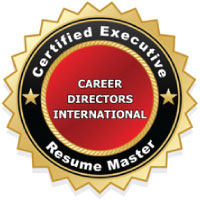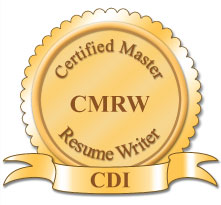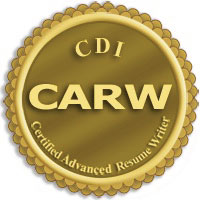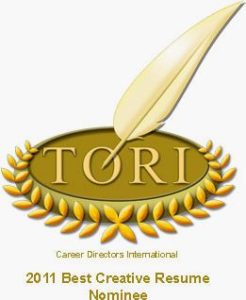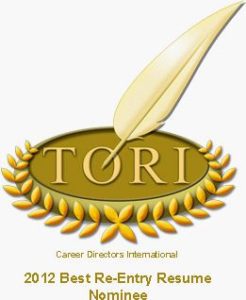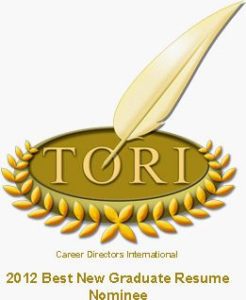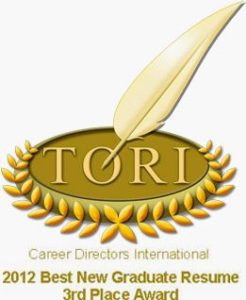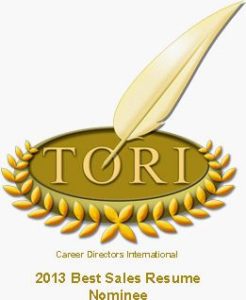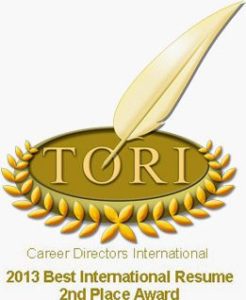 Even before LinkedIn posted a blog with tips for older job seekers in September, I received some good news from a couple of my 50+-year-old connections on the job search front. Both of them are followers of my blog, and both agreed to share their stories with you. I hope their success inspires job seekers of all ages to keep on taking action!
Even before LinkedIn posted a blog with tips for older job seekers in September, I received some good news from a couple of my 50+-year-old connections on the job search front. Both of them are followers of my blog, and both agreed to share their stories with you. I hope their success inspires job seekers of all ages to keep on taking action!
I pay close attention to my LinkedIn status updates so that I can congratulate people on their new positions. When I got word that Becky S. had obtained a new position as an IT Business Analyst, I wrote to acknowledge her success and she shared the following about how she obtained her new position:
- Your webinars and e-book were a real encouragement and a definite part of the process. Thanks for sharing and encouraging all job-seekers!
- I attended classes and weekly networking sessions at the local WorkForce center – met my new boss there.
- Took a 3-month contract position which lasted a year. I am so thankful to have had this opportunity.
- Posted updates on LinkedIn when attending classes, announcing the approaching contract end and my desire to be the newest member of your team.
- My new boss maintained contact through LinkedIn. He even downloaded my resume and considered me an applicant. Three interviews later I had an offer!
Note that Becky used social media to her full advantage, demonstrating that even though she might be older she is computer-savvy and on top of current trends. Also note that she was open to contract positions and accepted one that gave her valuable experience while she was actively looking for other work.
Shortly after receiving this message from Becky, another one of my followers, Steven A., gave me the following wisdom stemming from his successful search for a senior-level accountant position:
- Volunteering was a great confidence-lifter and networking tool. I did that at North Shore Long Island Jewish Medical Center for six months. It was extremely fulfilling; met new professional contacts / links and helped fill the gap in the resume while looking for next position.
- Strong perseverance, applying for jobs that may not necessarily been 100% qualified for (i.e. taking chances),
- Strong LinkedIn profiling & participation in group discussions there
- Having good contacts (such as yourself, Brenda) that help you with strategies and point you in a good direction.
- Supportive job search services such as Connect-To-Care (Little Neck NY & other New York locations: FEGS and other channels) were great support groups.
- Networking helps but unless it is properly targeted it won’t always work (e.g. job fairs predominant in sale promotions or solicitations / advertising will not help an unemployed, experienced, professional accountant.
- [Steven also warns:] Employers, recruiters & HR’s will never ever admit it, but age is a negative running factor if the applicant is in fact, older (i.e. for example as myself, over 50). Many agencies (I recall approaching at least a dozen) don’t ever get back to applicants. Only 2 in 12 ever gave me leads in a year’s unemployment time. Job searches must be predominantly independently pursued.
Steven’s insights hammer home the message that being active on LinkedIn and pursuing multiple networking opportunities are two keys for the older job seeker. LinkedIn can be used in multiple ways, from researching whom you might know at a particular company in order to network your way in, to participating in groups, to highlighting your volunteer activities, to attracting recruiters with targeted keywords.
In LinkedIn’s blog article, 5 Steps for Older Workers to Succeed in the Job Hunt, author Kerry Hannon offers the following tips:
- Use a professional e-mail address. [meaning something with your full name if possible, preferably at gmail or a paid provider). And use it! Let your contacts know what you are looking for and find out who would be great to talk to about your search].
- Join LinkedIn. [How to Write a KILLER LinkedIn Profile is a great place to start in creating a profile and using LinkedIn to get results. Note that Becky and Steven leveraged LinkedIn to its max and both of them found new positions!]
- Network. [You can network effectively both on LinkedIn and in person. Hannon points to a new, free service from AARP called Work Reimagined, which leverages LinkedIn’s API to help job hunters find information and job openings. You can sign up for customized job alert postings in your field of interest.]
- Start a Twitter account. [I defer to Hannon on this one. She says: “Follow people or companies where you might want to interview. For your username, use your actual name or a shortened form. Include a bio – where you live and what kind of work you do…. 160 characters. By following tweets, you can get the scoop on people you may wind up interviewing with and stay on top of a potential employer’s news. You can also share ideas and tips with other job seekers. Plus, you’re expanding your network.”]
- Don’t be a wallflower. [just like you need to exercise your body to get build muscle, you need to participate in discussions on line and in person, and keep doing your research, to build your job search success muscles. Looking for a job is a full-time job, so create a plan and get into action!]
To read the entire LinkedIn blog article, go to 5 Steps for Older Workers to Succeed in the Job Hunt.
Using a combination of tips from Becky, Steven and Kerry Hannon, you can win the job search game regardless of your age. If you have found success and have more tips to share, please do so below!
And if you want more individual support with your resume and LinkedIn profile, go to www.TheEssayExpert.com. I look forward to working with you!

